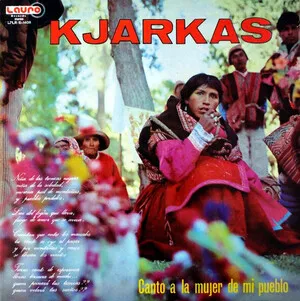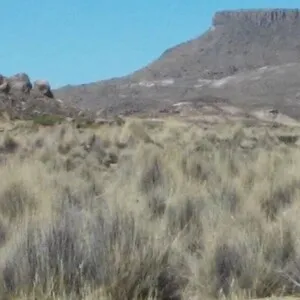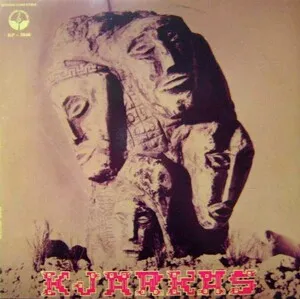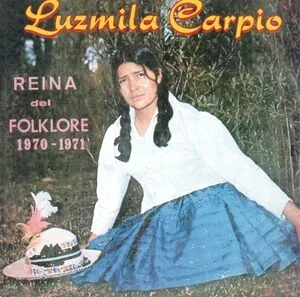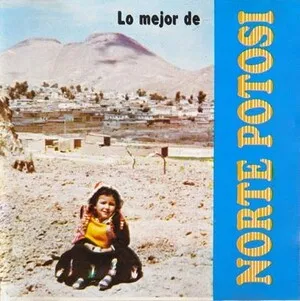Bolivian huayño is the Bolivian branch of the pan‑Andean huayno song‑dance, marked by a brisk duple‑meter pulse, buoyant syncopation, and melodies that move between pentatonic and minor (often Aeolian/Dorian) modalities. It is typically performed on Andean instruments such as charango, quena and zampoña (panpipes), alongside guitar, bombo and caja drums, and, regionally, violin or accordion.
Vocals are delivered in Spanish, Quechua, and Aymara, with themes that range from romantic longing and nostalgia for the highlands to social commentary on migration and indigenous identity. The dance is lively and communal, featuring couples or lines that accent the strong first beat with quick, light steps and a characteristic upbeat pickup.
Compared with Peruvian and northern Argentine variants, Bolivian huayño often emphasizes dense charango strums, bright panpipe harmonizations in parallel thirds or sixths, and a slightly more driving rhythmic feel. It is a cornerstone of Bolivian popular and folk repertoires, sustaining both rural festivities and urban stage performance.
Huayño traces its deep roots to pre‑Hispanic Andean musical and dance traditions, later absorbing Iberian melodic and harmonic elements during the colonial period. In Bolivia, the style coalesced through the 19th century as indigenous Quechua and Aymara communities integrated European instruments (guitar, violin) with established aerophones (quena, zampoña) and local drums. By the late 1800s and early 1900s, a distinctly Bolivian huayño identity emerged in the altiplano and valleys.
During the 20th century, internal migration brought rural musicians to cities such as La Paz, Cochabamba, and Oruro. Radio, recordings, and urban peñas (folk clubs) helped standardize song forms, expand instrumentation (notably the charango’s central role), and bring huayño to national audiences. From mid‑century onward, professional ensembles elevated stagecraft and vocal arrangements, while maintaining the dance’s communal essence.
Bolivian huayño differentiated itself with vigorous duple‑meter rhythms, bright charango rasgueos, and panpipe harmonies in parallel intervals. Regional ensembles emphasized local timbres—highland panpipes and bombo in the altiplano, or violin and accordion colors in certain valleys—while preserving the characteristic upbeat pickup and strong downbeat accent.
From the 1970s–1990s, folklore groups brought huayño to international stages, and singer‑songwriters wove it into nueva canción frameworks. In recent decades, huayño continues to thrive at festivals and in recordings, intersecting with modern production, Andean pop, and chicha/cumbia andina aesthetics, and remaining a living emblem of Bolivian cultural identity.
Compose in a lively duple meter (commonly 2/4), with a characteristic upbeat pickup leading into a strong downbeat. Use a driving pattern that feels like long–short–short groupings and subtle syncopations. Tempos are typically brisk and danceable.
Favor minor tonalities (Aeolian or Dorian flavors) and pentatonic melodic material. Keep chord progressions simple and folk‑rooted (e.g., i–VII–VI or i–IV–V), leaving space for modal color rather than extended harmonies. Write singable melodies that sit comfortably for mixed voices and allow parallel thirds/sixths in instrumental counter‑lines.
Center the ensemble on charango (rasgueado strums and figures), guitar, bombo and caja for pulse, and Andean flutes—quena and zampoña—for melodic leads and harmonized interludes. Add violin or accordion where regional color is desired, and use hand percussion sparingly to preserve the buoyant, airy texture.
Use a verse–chorus or copla–estribillo layout. Introduce instrumental interludes (zampoña or quena) between vocal sections. Arrange vocals in solo with responsive backing, or employ call‑and‑response passages to echo communal performance.
Write in Spanish, Quechua, or Aymara about love, landscape, festivity, migration, and indigenous pride. Keep lines concise, with rhythmic diction that supports the upbeat pickup. Aim for a bright, forward vocal tone that projects over charango and flutes.
Record panpipes and quena in stereo doubles for lush parallel harmonies. Let the bombo and caja define the downbeat and dance feel rather than heavy bass. Preserve transients of charango strums, and avoid over‑compression to maintain the music’s lively dynamic swing.


